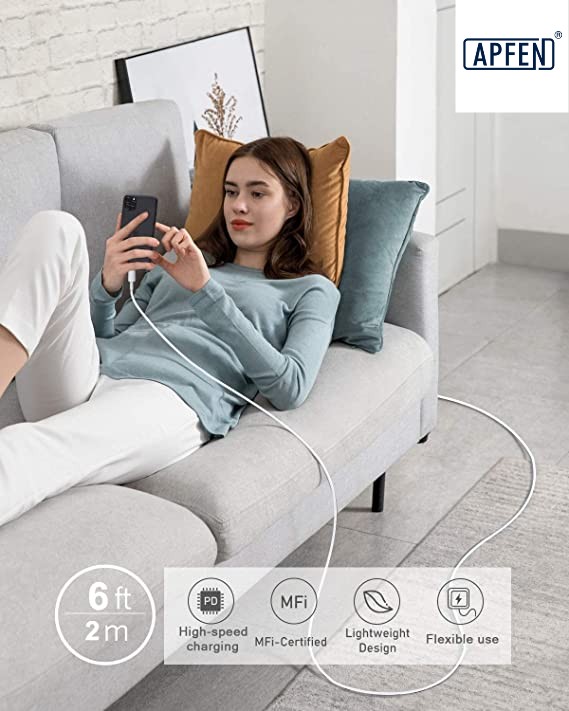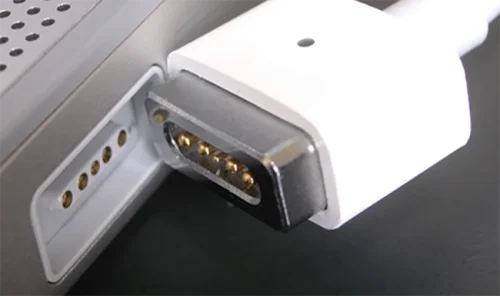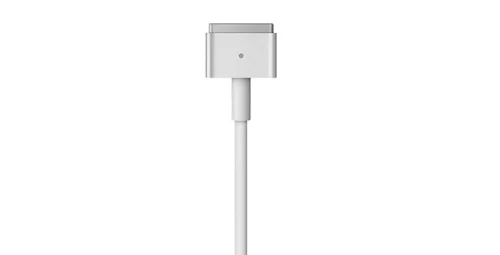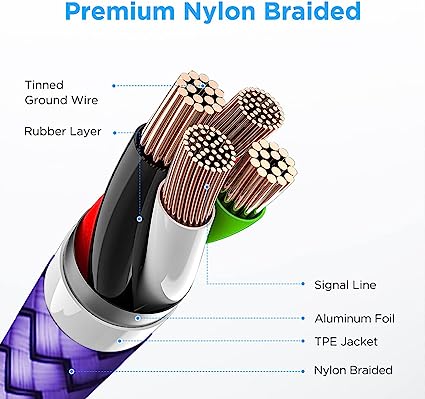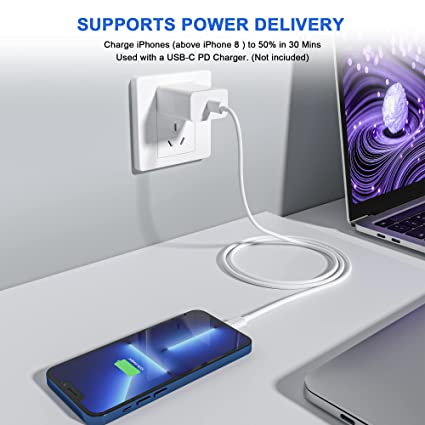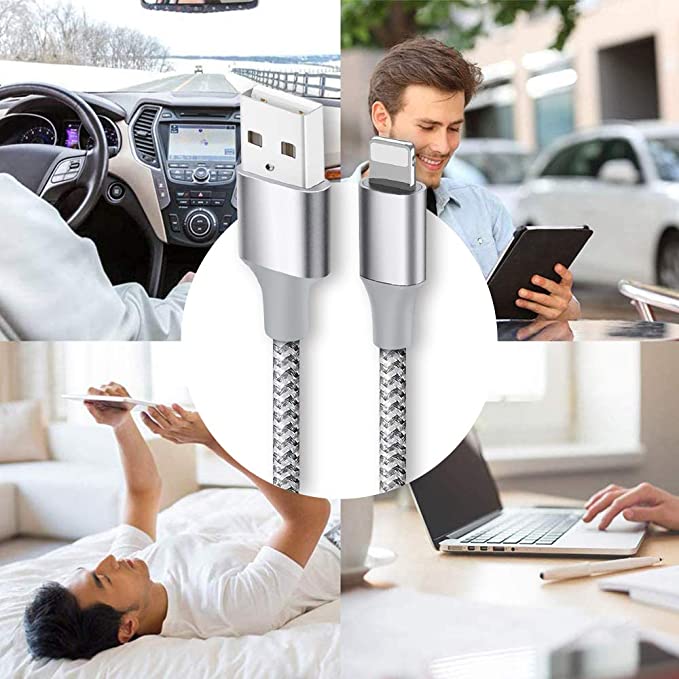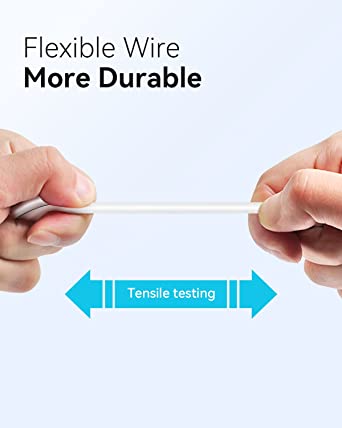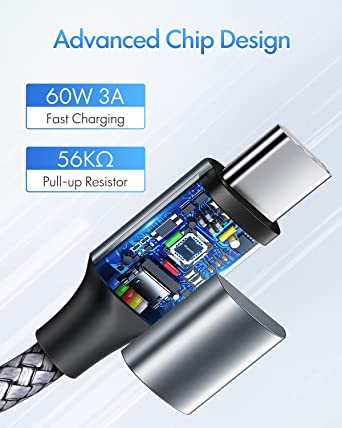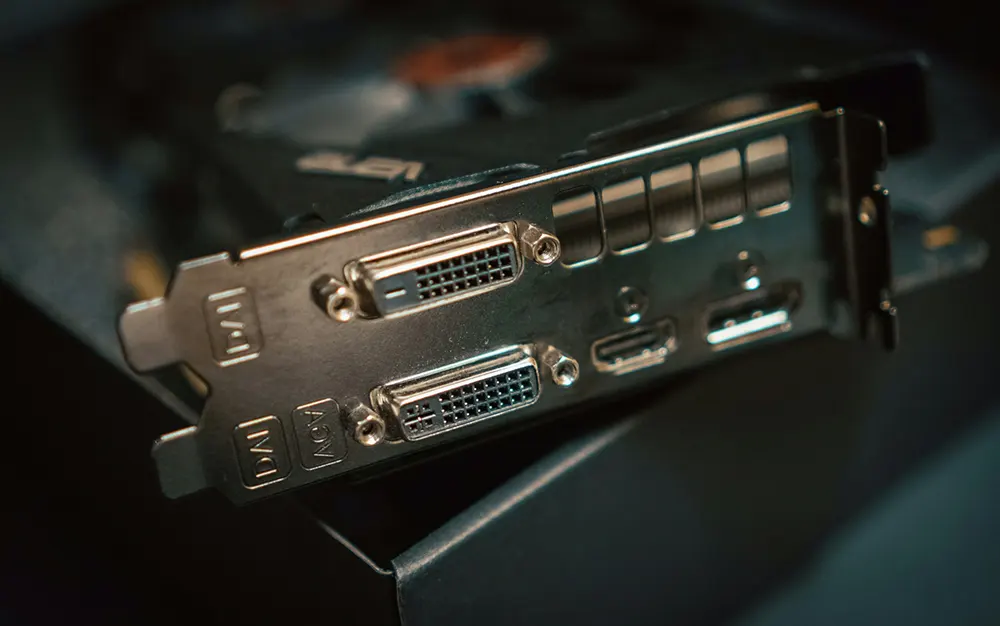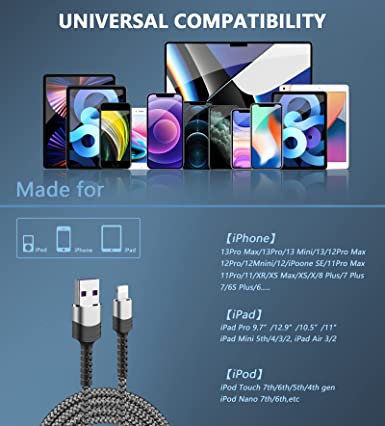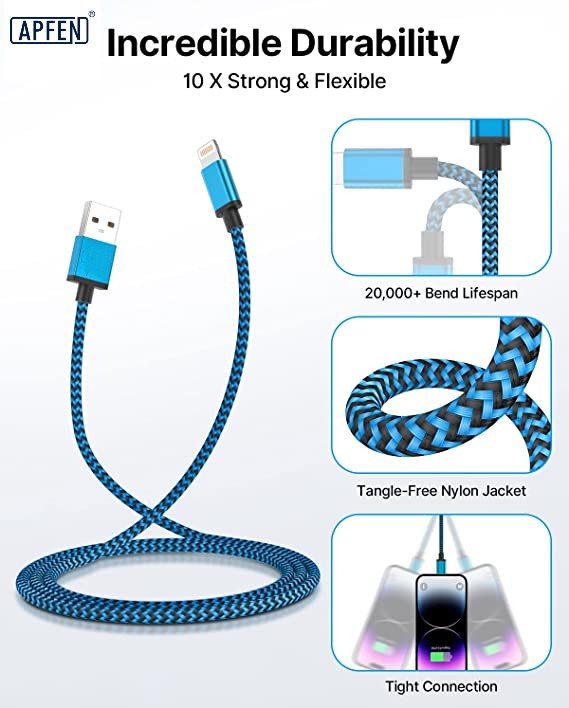USB 3.0 Type C to Type C Cable, Fast Charging USB-C Cable, Nylon Braided, Although USB C cables are used to charge numerous types of cellphones, they’re good to have on hand because they also charge many other things. USB 3.0 Type C to Type C Cable Apphone Fast Charging Cable
Today, the latest physical standard is Type C and besides greater bandwidth and being both bi-directional and reversible, this newest iteration is capable of significantly higher power transfer than previous generations. This cable provides a fast, reliable, and secure connection between USB devices that feature the Type C port. With the increased speed and efficiency that the cable offers, it is the perfect solution for users who require faster and more reliable data transfer.
One of the key benefits of the USB 3.0 Type C to Type C Cable is the speed at which it can transfer data. With a theoretical maximum transfer speed of 10 Gbps, the cable is capable of transferring large files in a matter of seconds. This makes it ideal for users who work with large files, such as high-definition video or high-resolution images.
Another benefit of the USB 3.0 Type C to Type C Cable is its compatibility with a wide range of devices.
Appphon USB C to USB C Cable 60W (20V 3A) output quickly charges your Samsung Galaxy S22 Ultra to 70% in 30 minutes or fully powers a 13” MacBook Air in 1.5 hours when paired with a 60W PD charger. USB C PD Cable is equipped with an exclusive E-marker smart chip to intelligently match the required current, while 56KΩ resistors support seamless conduction and smooth charging, helping to protect your device from potential damage during current discharge.
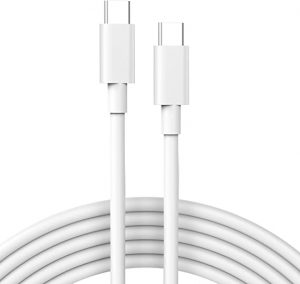
The Type C port has become the standard port for many devices, including smartphones, tablets, laptops, and desktop computers. This means that the cable can be used to connect these devices to each other, as well as to other USB devices.
The USB 3.0 Type C to Type C Cable is also designed to be durable and long-lasting. The cable is made from high-quality materials that are resistant to wear and tear, and it is designed to withstand heavy use. This makes it a reliable choice for users who need to transfer data frequently, and who need a cable that can stand up to the demands of daily use.
In addition to its high-speed data transfer capabilities, the USB 3.0 Type C to Type C Cable is also capable of delivering power to devices. This means that it can be used to charge devices that feature the Type C port, such as smartphones and laptops. For the fastest data transfer possible, make sure the USB version of the cable at least matches the USB version of your device.
Simply put, it allows for faster charging and data transfer speeds, and, most importantly, you can insert the cable either way up. That’s right, no more awkwardly rotating the cable to jiggle it into your phone’s port. This is a convenient feature that allows users to charge their devices while they are transferring data, without the need for multiple cables. Overall, the USB 3.0 Type C to Type C Cable is a powerful tool for users who need to transfer data quickly and reliably. With its high-speed tra

